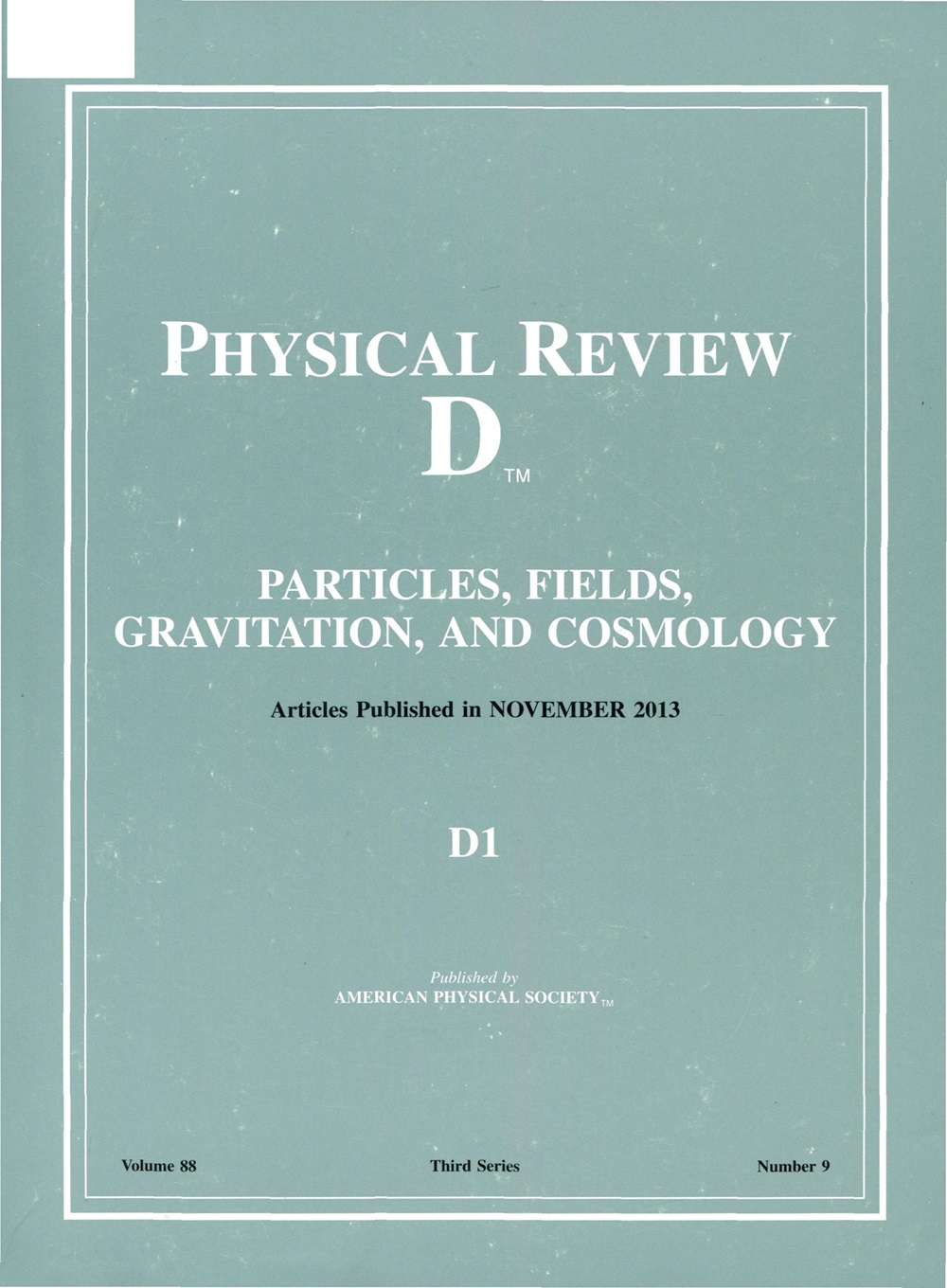兰道自举法的应用
IF 5
2区 物理与天体物理
Q1 Physics and Astronomy
引用次数: 0
摘要
本文章由计算机程序翻译,如有差异,请以英文原文为准。
Applications of the Landau bootstrap
We advocate a strategy of bootstrapping Feynman integrals from just knowledge of their singular behavior. This approach is complementary to other bootstrap programs, which exploit nonperturbative constraints such as unitarity, or amplitude-level constraints such as gauge invariance. We begin by studying where a Feynman integral can become singular, and the behavior it exhibits near these singularities. We then characterize the space of functions that we expect the integral to evaluate to, in order to formulate an appropriate ansatz. Finally, we derive constraints on where each singularity can appear in this ansatz, and use information about the expansion of the integral around singular points in order to determine the value of all remaining free coefficients. Throughout, we highlight how constraints that have previously only been derived for integrals with generic masses can be extended to integrals involving particles of equal or vanishing mass. We illustrate the effectiveness of this approach by bootstrapping a number of examples, including the four-point double box with a massive internal loop. Published by the American Physical Society 2025
求助全文
通过发布文献求助,成功后即可免费获取论文全文。
去求助
来源期刊

Physical Review D
物理-天文与天体物理
CiteScore
9.20
自引率
36.00%
发文量
0
审稿时长
2 months
期刊介绍:
Physical Review D (PRD) is a leading journal in elementary particle physics, field theory, gravitation, and cosmology and is one of the top-cited journals in high-energy physics.
PRD covers experimental and theoretical results in all aspects of particle physics, field theory, gravitation and cosmology, including:
Particle physics experiments,
Electroweak interactions,
Strong interactions,
Lattice field theories, lattice QCD,
Beyond the standard model physics,
Phenomenological aspects of field theory, general methods,
Gravity, cosmology, cosmic rays,
Astrophysics and astroparticle physics,
General relativity,
Formal aspects of field theory, field theory in curved space,
String theory, quantum gravity, gauge/gravity duality.
 求助内容:
求助内容: 应助结果提醒方式:
应助结果提醒方式:


